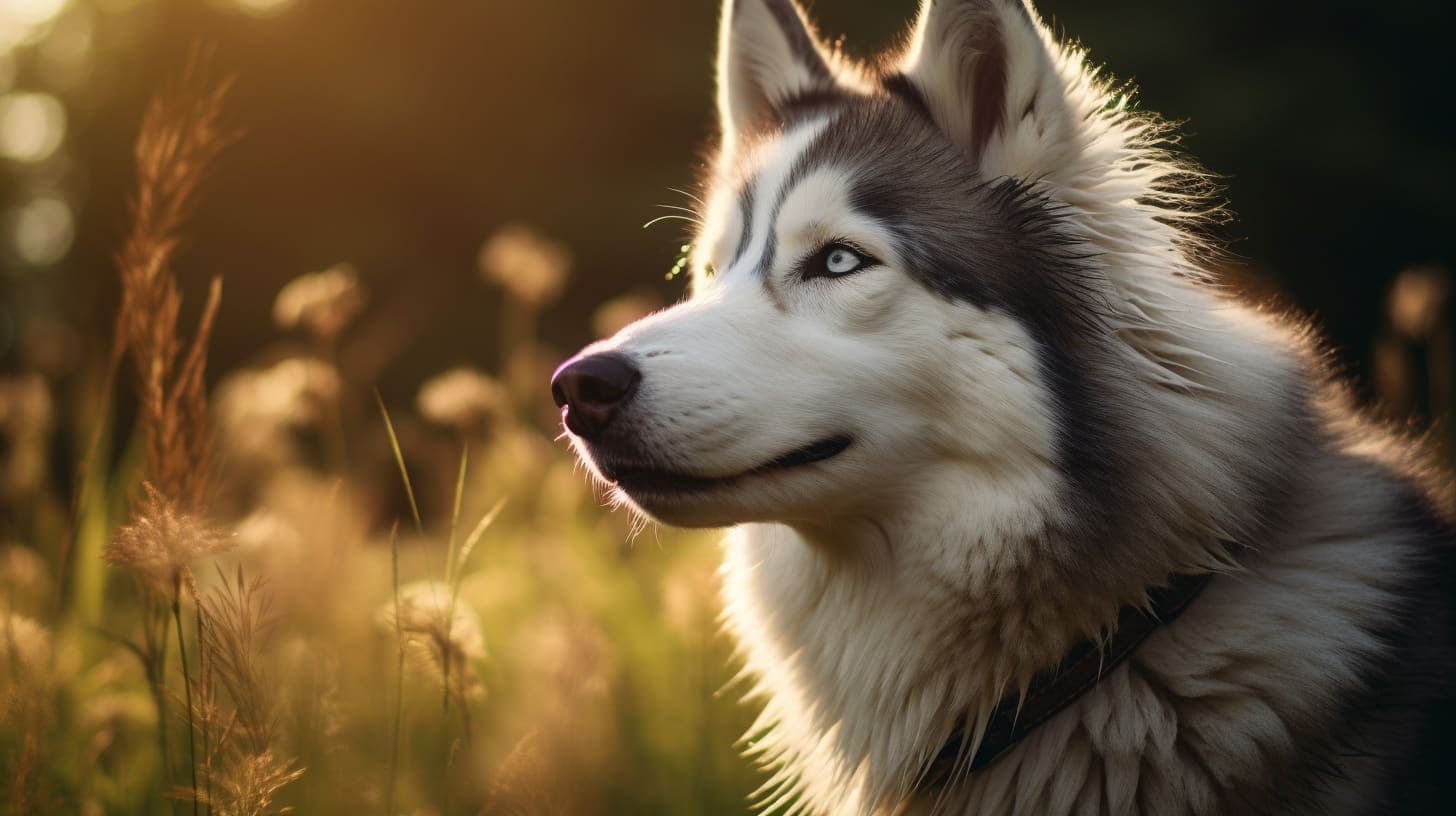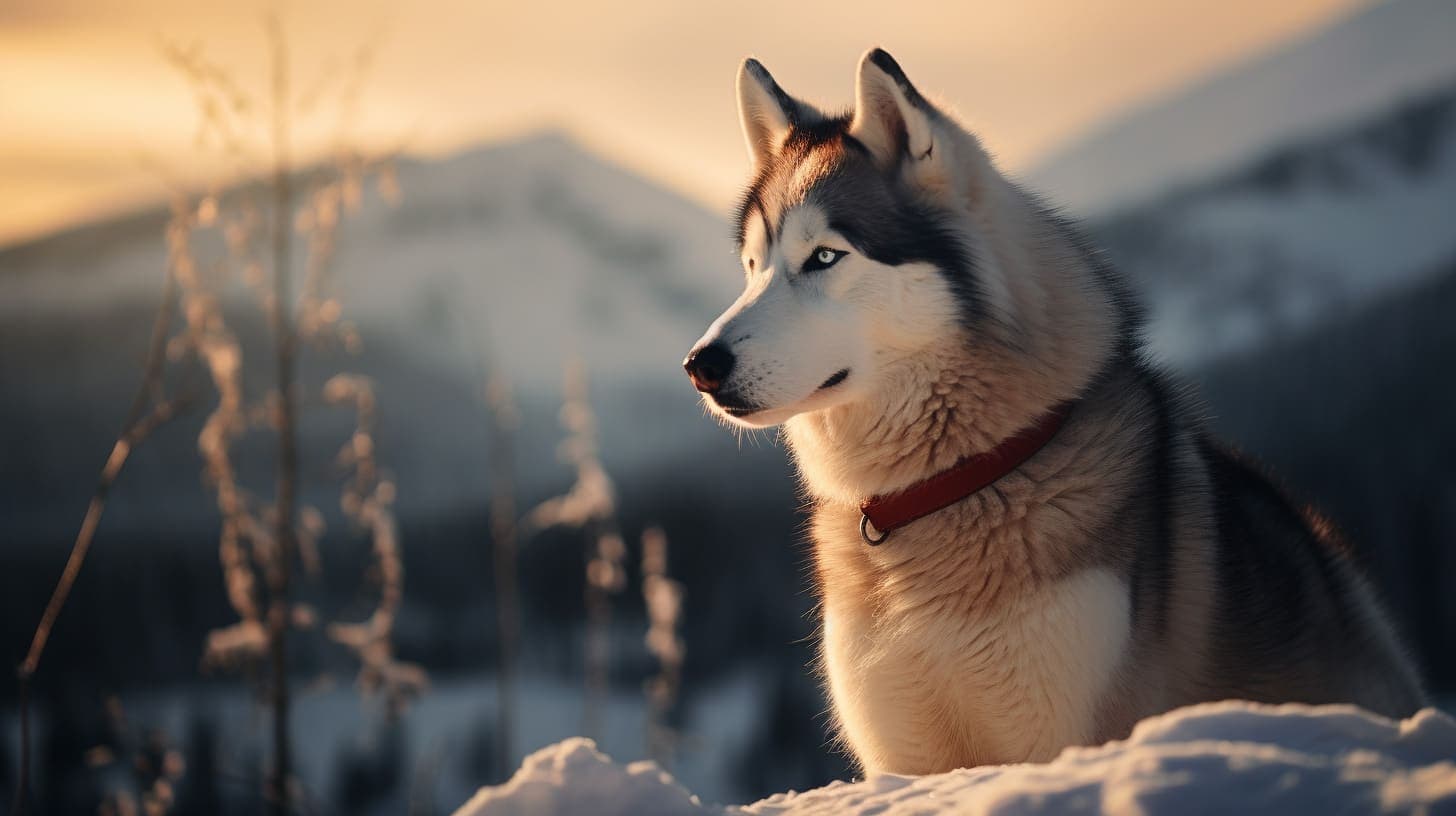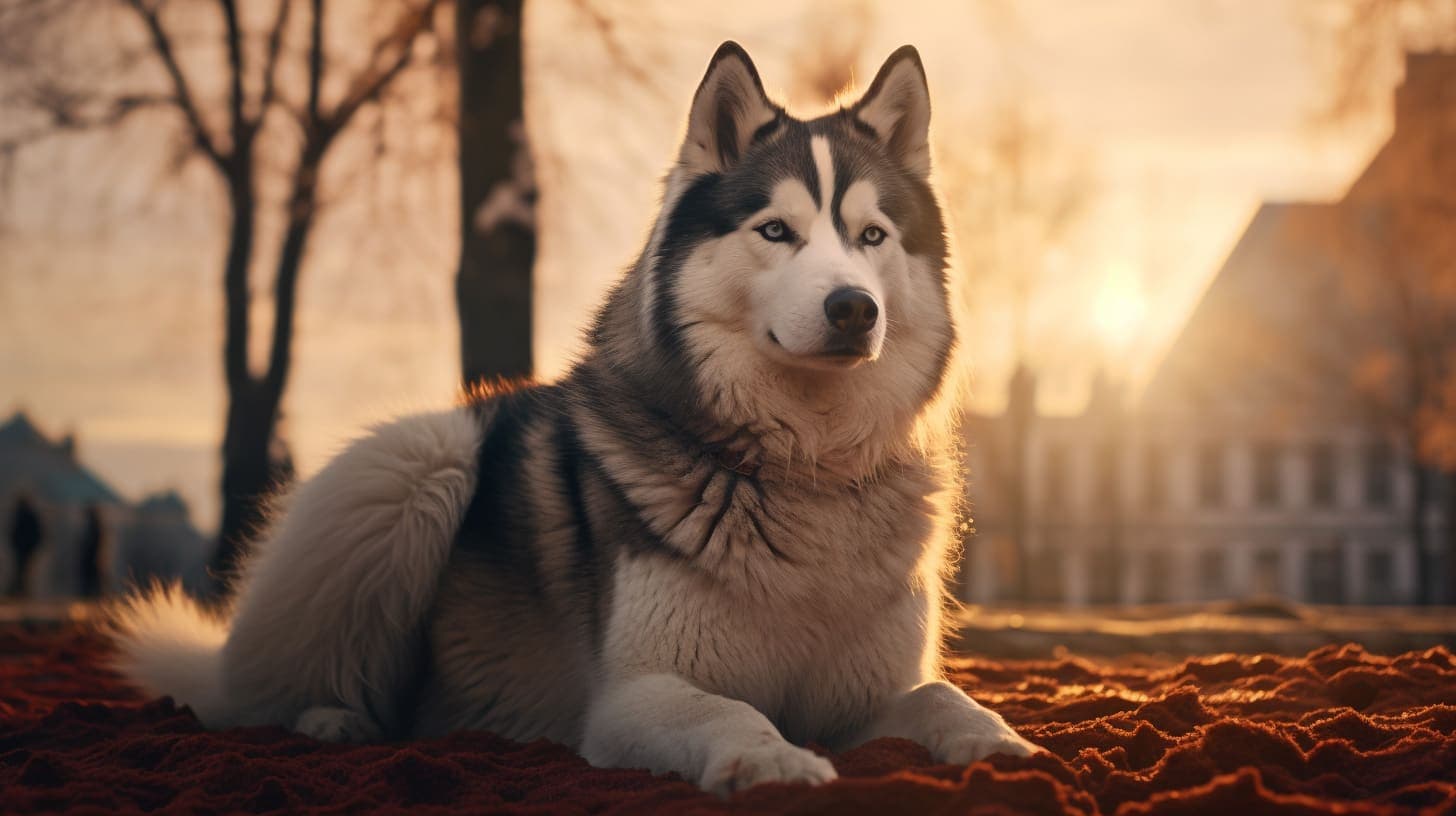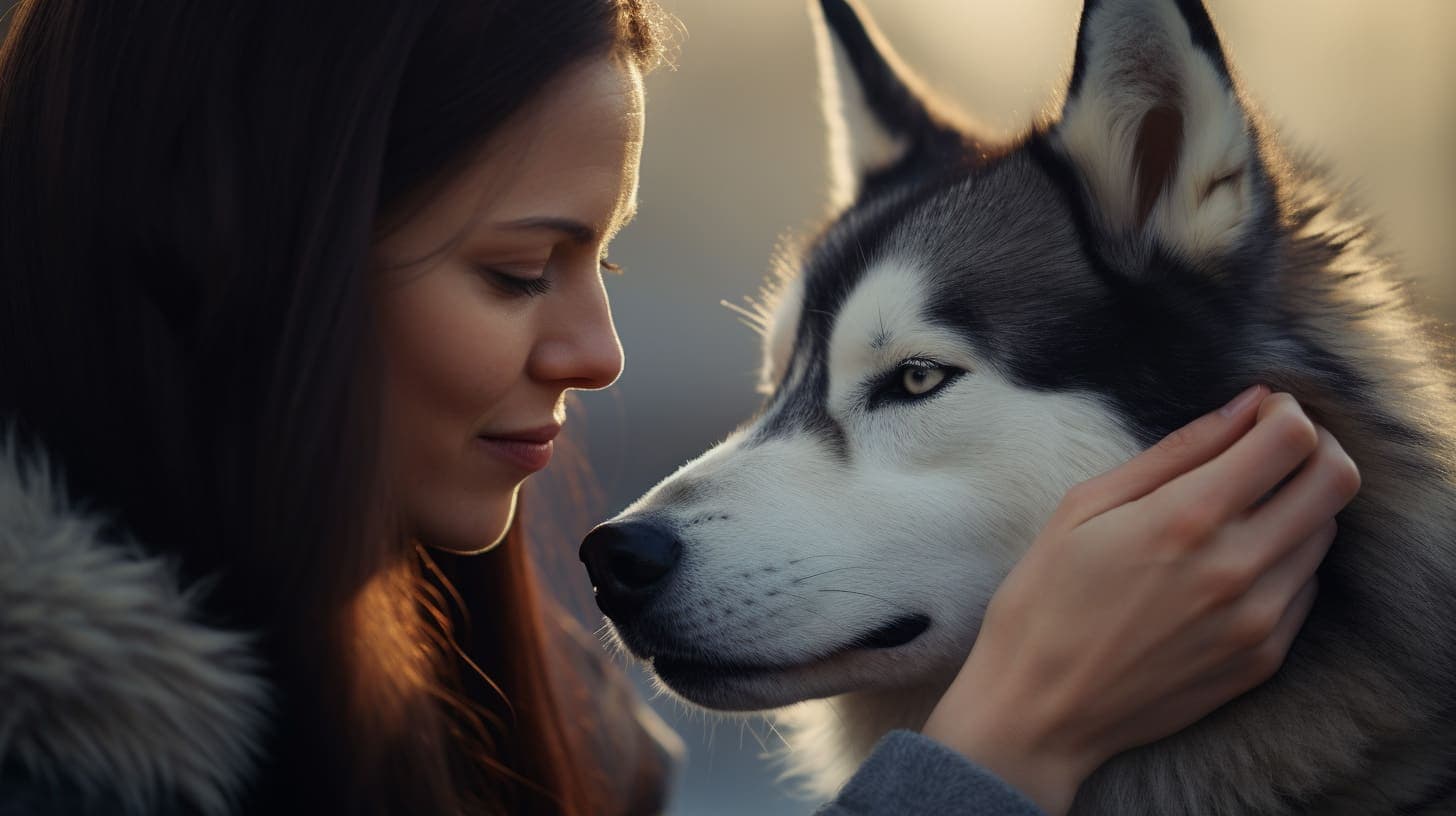
Tags
Related Articles

Creating a Grooming Routine for Your Husky - A Monthly Schedule
Discover the ultimate grooming routine for your Husky with our comprehensive monthly schedule. Learn how to maintain your pet’s lustrous coat, ensure healthy skin, and tackle shedding with ease. Whether it's brushing techniques, bath time advice, or nail care, our guide has got you covered. Get ready to give your Husky the care they deserve, and enjoy a bonding experience that keeps them looking their best!

Seasonal Grooming Tips for Your Husky
Discover essential seasonal grooming tips for your Husky that cater to their unique coat needs. From shedding to bathing, learn how to provide the best care for your furry friend throughout the year, ensuring they stay comfortable and well-maintained no matter the weather.

Husky Ear Care - Cleaning and Maintenance Tips
Huskies are known for their stunning looks and friendly demeanor, but their ears require special attention. In this article, we delve into essential Husky ear care practices, including step-by-step cleaning instructions and maintenance tips that will help prevent infections, ensuring your Husky's ears stay perky and healthy.